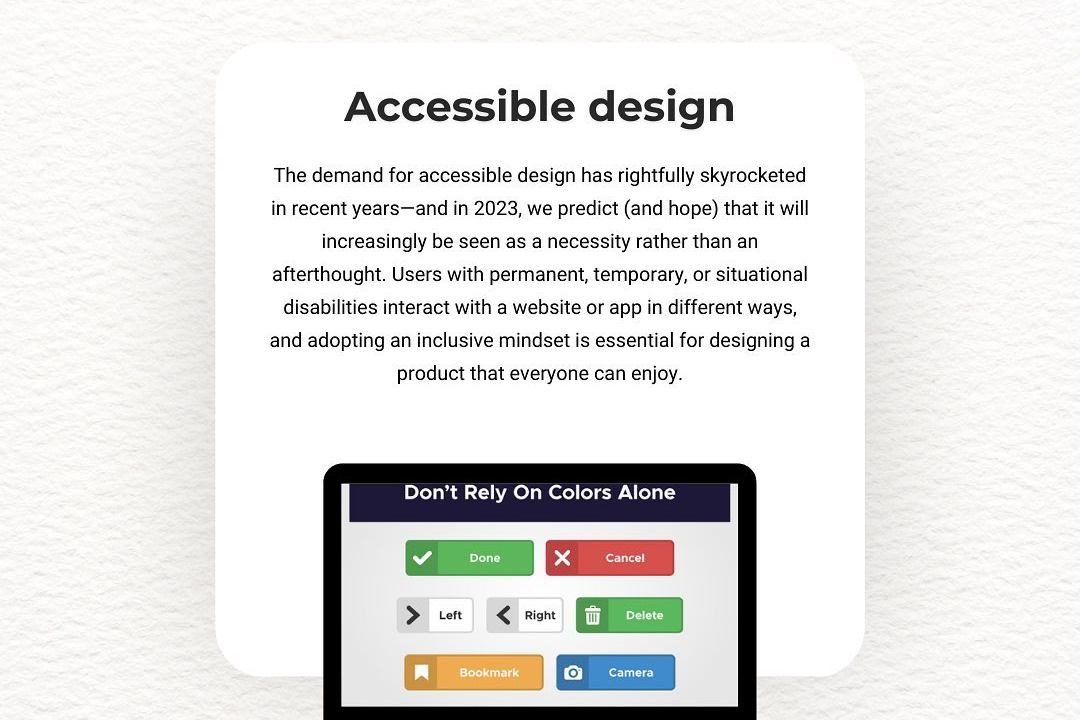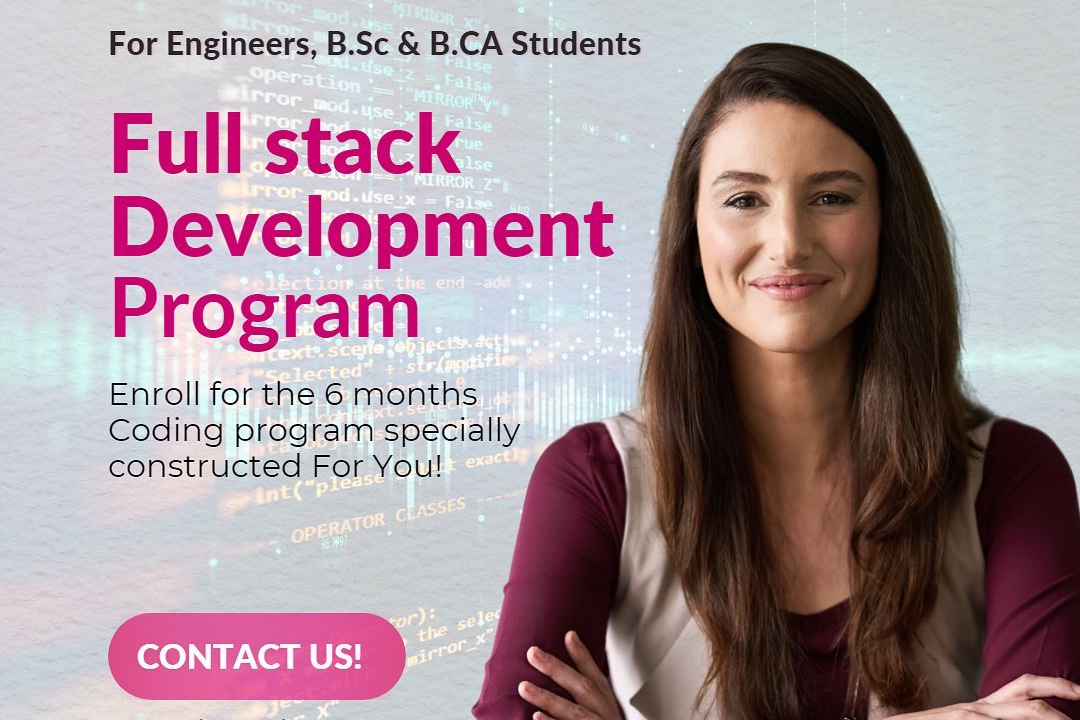40 Important Angular Interview Questions By Stackoverflow
Top 40 Angular Interview Questions from StackOverflow
40 Important Angular Interview Questions By Stackoverflow
Stack Overflow's 40 Angular interview questions provide a comprehensive assessment of candidates' expertise in this popular JavaScript framework. They encompass foundational concepts like component lifecycle, routing, forms, directives, and performance optimization, as well as advanced topics such as dependency injection, RxJS, and reactive programming. By addressing these questions, interviewers can gain valuable insights into candidates' technical proficiency, problem-solving abilities, and understanding of Angular's best practices and design principles.
To Download Our Brochure: https://www.justacademy.co/download-brochure-for-free
Message us for more information: +91 9987184296
1 - What is the difference between components and directives in Angular?
Components are reusable UI blocks with a template, data, and logic, while directives are for modifying the behavior or appearance of HTML elements.
2) Explain the concept of dependency injection in Angular.
Dependency injection is a design pattern that allows you to request objects from a container that will provide them to you. This makes it easy to manage dependencies and decouple components.
3) How does Angular handle routing?
Angular uses a router to manage navigation between different components. The router is responsible for determining which component should be displayed at any given time.
4) What are the different types of data binding in Angular?
One way, two way, property, and event binding are the different types of data binding used to sync data across the HTML template and the component logic.
5) Explain the change detection mechanism in Angular.
Angular uses a change detection mechanism to keep track of changes in the application and update the UI accordingly. This ensures that the UI is always up to date with the latest data.
6) How do you handle errors in Angular?
Angular provides a try catch block mechanism to handle errors in components. You can also use error handling services to log errors and perform other actions.
7) What is the purpose of the ngOnInit lifecycle hook?
The ngOnInit lifecycle hook is called when a component is initialized. It is commonly used to perform tasks such as initializing data or subscribing to events.
8) How do you improve performance in Angular applications?
Use change detection strategies, lazy loading, and caching to enhance performance. Additionally, you should minimize DOM operations and avoid excessive data binding.
9) Explain the concept of zones in Angular.
Zones provide a way to encapsulate asynchronous operations and handle exceptions. They ensure that changes made within a zone are detected and reflected in the UI.
10) What are the benefits of using the Angular CLI?
The Angular CLI simplifies development by creating projects, generating code, and providing utilities for testing, building, and deploying applications.
Increase Content Quality:
- Create original, valuable, and engaging content: Write articles, blog posts, videos, or podcasts that provide unique insights, solve problems, or entertain readers.
- Use high quality visuals:* Include relevant images, videos, or infographics to make content more visually appealing and engaging.
- Optimize for SEO:* Use keywords and phrases in the content to increase visibility in search results.
- Promote Content Effectively:
- Share on social media:* Regularly share your content on platforms where your target audience is active.
- Guest post on other blogs:* Reach out to websites in your industry and offer to write guest posts featuring your content.
- Run social media ads:* Consider targeting specific audiences with paid ads to promote your content.
- Build Relationships and Collaborate:
- Connect with influencers:* Identify influencers in your industry and collaborate with them to promote your content to a wider audience.
- Attend industry events:* Network with other professionals and potential collaborators at conferences, workshops, or meetups.
- Engage with your audience:* Respond to comments and questions on social media or your own website to build a loyal following.
- Optimize Website Structure and Design:
- Ensure a fast loading website:* Optimize images, use cache plugins, and minimize unnecessary code to improve website speed.
- Create a user friendly navigation:* Make it easy for users to find the content they're looking for with clear and concise menus.
- Use a responsive design:* Design your website to adapt seamlessly to different devices, ensuring a positive user experience on all screens.
- Encourage User Interaction:
- Include calls to action:* Prompt users to subscribe, comment, or share your content to increase engagement.
- Create interactive content:* Engage users with quizzes, polls, or interactive calculators to make your content more engaging.
- Foster a community:* Encourage user generated content, host discussions, or create online forums.
- Track and Analyze Results:
- Use Google Analytics:* Monitor website traffic, user behavior, and content performance to identify areas for improvement.
- Track social media engagement:* Measure likes, shares, and comments to see what content resonates most with your audience.
- Conduct surveys or user interviews:* Gather feedback from your audience to understand their needs and preferences.
- Course Overview
- This comprehensive course delves into 40 crucial interview questions for Angular developers, meticulously curated from StackOverflow. It covers fundamental Angular concepts, best practices, and real-world scenarios, providing candidates with in-depth knowledge and preparation to ace their interviews and advance their Angular development careers.
- Course Description
- This course covers 40 essential Angular interview questions from StackOverflow, providing in-depth explanations and real-world examples to help candidates ace their Angular interviews.
- Key Features
- 1 - Comprehensive Tool Coverage: Provides hands-on training with a range of industry-standard testing tools, including Selenium, JIRA, LoadRunner, and TestRail.
- 2) Practical Exercises: Features real-world exercises and case studies to apply tools in various testing scenarios.
- 3) Interactive Learning: Includes interactive sessions with industry experts for personalized feedback and guidance.
- 4) Detailed Tutorials: Offers extensive tutorials and documentation on tool functionalities and best practices.
- 5) Advanced Techniques: Covers both fundamental and advanced techniques for using testing tools effectively.
- 6) Data Visualization: Integrates tools for visualizing test metrics and results, enhancing data interpretation and decision-making.
- 7) Tool Integration: Teaches how to integrate testing tools into the software development lifecycle for streamlined workflows.
- 8) Project-Based Learning: Focuses on project-based learning to build practical skills and create a portfolio of completed tasks.
- 9) Career Support: Provides resources and support for applying learned skills to real-world job scenarios, including resume building and interview preparation.
- 10) Up-to-Date Content: Ensures that course materials reflect the latest industry standards and tool updates.
Benefits of taking our course
Functional Tools
1 - HTML5: A markup language used to structure and format web pages.
2) CSS3: A stylesheet language used to control the presentation of web pages.
3) JavaScript: A scripting language that enables interactive web pages.
4) AngularJS: A JavaScript framework that simplifies the development of dynamic web applications.
5) Bootstrap: A front end framework that provides responsive design templates and UI components.
6) Node.js: A runtime environment for JavaScript that enables server side development for web applications.
7) MongoDB: A NoSQL database that is well suited for working with large volumes of unstructured data.
8) Angular CLI (Command Line Interface): A tool for quickly generating and managing Angular applications.
9) Karma: A test runner for Angular applications.
10) Protractor: An end to end testing framework for Angular applications.
undefined
Browse our course links : https://www.justacademy.co/all-courses
To Join our FREE DEMO Session:
This information is sourced from JustAcademy
Contact Info:
Roshan Chaturvedi
Message us on Whatsapp:
Email id: info@justacademy.co
React Js Native Interview Questions
Best 50 Node Js Interview Questions From Beginner To Advanced
Cts Node Js Interview Questions











